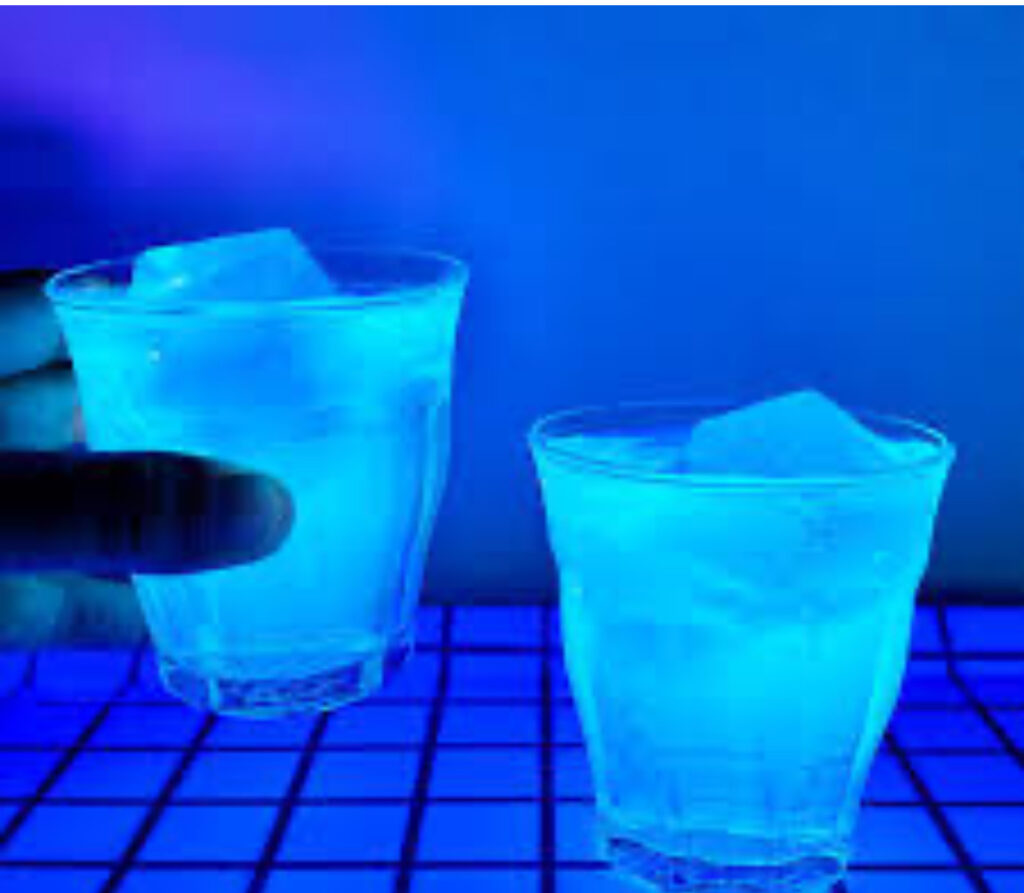Tonic water possesses the unique ability to glow in the dark. While it is commonly recognized for its role in enhancing the flavor of cocktails, this effervescent beverage reveals an intriguing secret under ultraviolet light. Despite contemporary tonic waters incorporating additional elements such as citrus flavors and sweeteners to mitigate their inherent bitterness, the traditional concoction comprises only two components — carbonated water and quinine. Quinine, the latter ingredient, exhibits a phenomenon known as fluorescence, manifesting itself when exposed to specific conditions, particularly invisible ultraviolet light emitted by sources like black lights. The excited molecules within quinine swiftly release energy, creating a distinctive blue glow perceptible to the human eye in low-light environments.
Although tonic water has become a staple on bar carts for its mixology potential, its initial purpose diverged from enjoyment; it was originally developed for the prevention and treatment of malaria. Derived from the bark of the South American cinchona tree, quinine was initially employed by the Indigenous Quechua people as a remedy for various stomach ailments. By the 1600s, Europeans had recognized its fever-reducing properties. In the 1700s, Dr. George Cleghorn, a Scottish physician, discovered its effectiveness in treating malaria. As the sole known treatment for nearly three centuries, the bitter taste of quinine was combined with water, creating a “tonic” distributed to British soldiers stationed in malaria-prone regions like India. Some historians theorize that soldiers began adding the medication to gin and other spirits to mask the bitter taste, eventually evolving into the popular “gin and tonic” drink we enjoy today. However, other researchers propose that it wasn’t until the 1860s that the classic beverage took shape, becoming a favored libation served to triumphant patrons at horse racing tracks in India.

